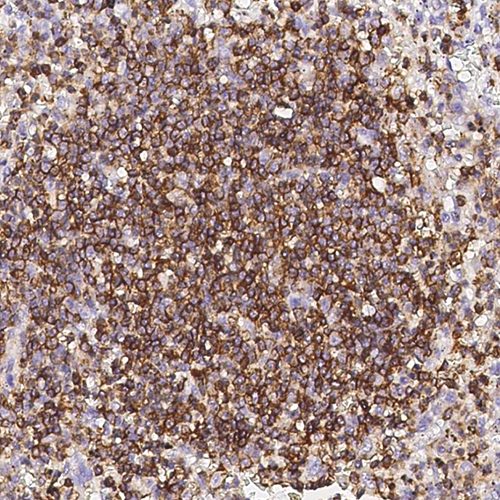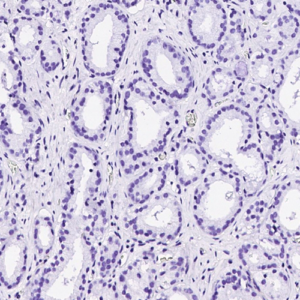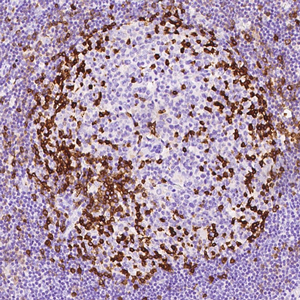The cluster of differentiation (CD) system is commonly used as cell markers in Immunophenotyping. Different kinds of cells in the immune system can be identified through the surface CD molecules associating with the immune function of the cell. There are more than 320 CD unique clusters and subclusters have been identified. Some of the CD molecules serve as receptors or ligands important to the cell through initiating a signal cascade which then alter the behavior of the cell. Some CD proteins do not take part in cell signal process but have other functions such as cell adhesion. Protein tyrosine phosphatase, receptor type C (CD45), also known as PTPRC is a member of the protein tyrosine phosphatase (PTP) family which is known for its function to serve as signaling molecules and to regulate a variety of cellular processes such as cell proliferation, differentiation, mitotic cycle and oncogenic transformation. CD45 is found expression specifically in hemotopietic cells. CD45 consists of an extracellular domain, a single transmembrane segment and two tandem intracytoplasmic catalytic domains. It serves as an essential regulator of T-cell and B-cell antigen receptor signaling through either direct interaction with components of the antigen receptor complexes or by activating various Src family kinases required for the antigen receptor signaling and it also can suppress JAK kinases.
SKU: KPIH1061
CD45
| Pack Size | 100 ul |
|---|---|
| Source | Rabbit |
| Clone | 145 |
| Class | IgG |
| Isotype | IgG |
| Tested Reactivity | Human CD45 |
| Localization | Membrane |
| Pretreatment | Thermal Remediation |
| Applicable Tissue | Paraffin Section |
| Positive Control | Human spleen |
| Storage Temperature | Store at -20 Degrees |











